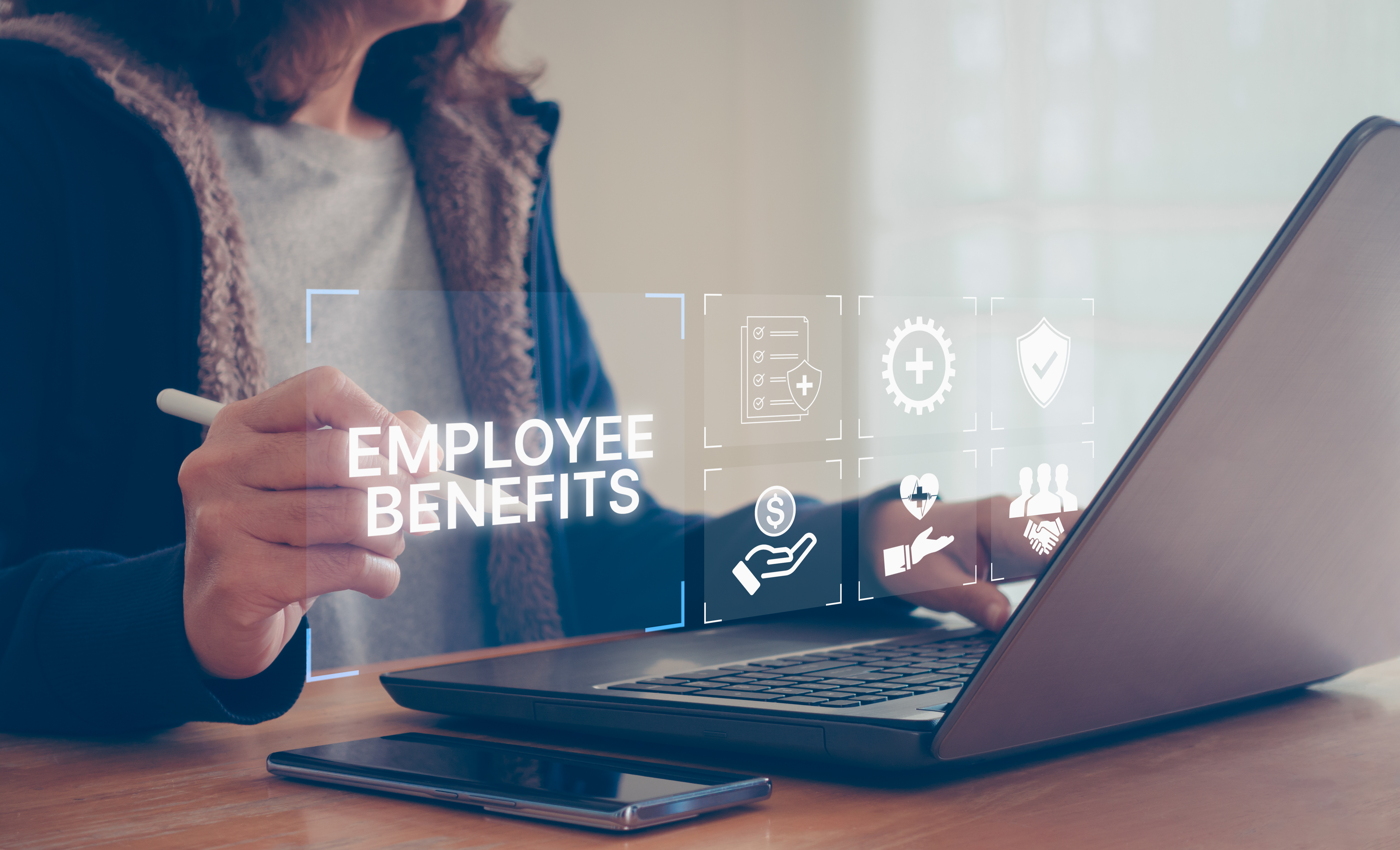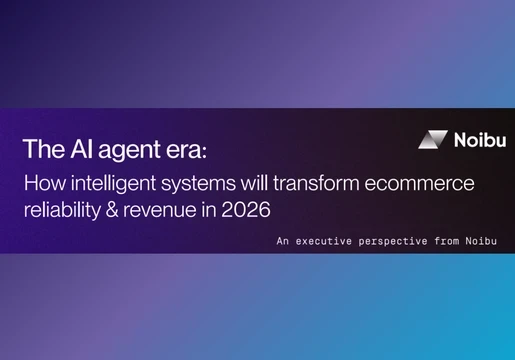Your employees are the backbone of your organisation. When they succeed, your business achieves its goals, reaches more customers, and ultimately, makes more money. That’s why it’s not just morally right to make sure your team is happy; it's an important business tactic. Employee experience management provides support where your team needs it most.
However, as innovations arrive, so do new methods for improving employee experiences. It might be time to enhance your experience management strategy with the latest tech. Unsure of where to start? Here are some tips to get you started.

What is Employee Experience Management?
Before we jump into our tips, let’s give a quick overview of employee experience management. Think of all the interactions that an employee has with your business from their first interview until the day they leave. This is their employee experience.
Employee experience management looks at each of the key stages within the experience and asks: “How can we improve this for our employees?” This means evaluating many different factors, including:
- The office environment
- Your business culture
- The tools and technologies you provide
- The support that you provide to your teams
Your success in managing the employee experience will have many impacts. It will determine the duration team members stay in their roles, and impact the long-term success of your business.
6 Tips for Integrating Tech in Employee Experience Management
Hopefully by now, you realize how crucial employee experience management is. Technological innovations make this process much easier and more efficient. Here are six ways that tech integration can help you:
1. Prioritize employee well-being
Too often, the issue of employee well-being goes overlooked. Without proper care and attention, issues like anxiety and depression can quickly take hold. Alongside decreasing the happiness of your employees, this also impacts engagement and productivity. In short, it's an issue that should be addressed sooner rather than later.
Unsurprisingly, it's also a topic that your employees are invested in. As many as 92% of workers want to work for an organization that values their emotional and psychological well-being. Alongside traditional methods, such as regular one-to-one meetings with employees, consider how technology can be used to improve employee well-being.
Some examples of tools are listed below:
- Meditation apps: Meditation is proven to reduce stress and anxiety. Encourage team members to download meditation apps. You could even create a dedicated space in the workplace for team members to de-stress.
- Mental health services: You could recommend mental health services to employees who are struggling. These online platforms help connect people with mental health professionals who are best equipped to help them.
- Employee analytics: There are plenty of telltale signs that can indicate low mental well-being. Using employee analytics tools, you can spot sudden changes in engagement and other warning signs. This way, you can make sure employees get support more quickly.

2. Leverage Learning Management Systems (LMS)
It’s no secret that some employees are reluctant to ask for help. Unfortunately, this can lead to costly mistakes or prevent teammates from working as efficiently as possible.
Consider introducing a learning management system (LMS) so they can get assistance without feeling self-conscious. This acts as a digital library full of learning resources. Employees can access this tool whenever they like and quickly gain access to the information they need.
Of course, an LMS brings many other benefits. For example, it can make the onboarding process more efficient. New employees won’t need constant supervision. They can use the LMS to familiarize themselves with systems and procedures. They can settle into their roles more quickly and fulfill learning objectives, helping you get the most out of your team.
Your system can also help to support employee growth. By reading resources or taking quizzes, employees can grow their skills and improve their chances of receiving a promotion.
When choosing an LMS, go with an option that prioritises ease of access. Employees like to learn on the go. Your learning materials should be accessible to team members outside of the office. For maximum convenience, make sure that teammates can log in using their mobile devices.
3. Invest in communication
It’s estimated that 35% of workers with jobs that can be done remotely are working from home all of the time. While this introduces more diverse hiring opportunities for businesses, it also brings some experience management challenges.
Ensuring positive experiences for remote employees can be more difficult due to communication challenges. When working in the office, team members can simply cross the room to communicate. Things are less simple for a remote team, especially if teammates are based in different time zones.
To succeed, you need the right tools to enable remote teams to communicate smoothly. Luckily, there are plenty of conferencing solutions available that can help you. These centralize communication methods, such as video conferencing, audio and video calls, and instant messaging, into a single platform.
To make the best impact on the employee experience, look for some of the following features:
- Cross-device accessibility: Employees should be able to communicate via their laptop, tablet, or mobile device.
- Screen sharing: Alongside basic screen-sharing functionality, look for a feature that enables viewers to annotate and draw attention to aspects of the screen.
- Group chats: Team members should be able to add and remove team members with ease to ensure everyone is kept in the loop.
4. Improve the hiring process
As we reflected earlier, the employee experience doesn’t begin from day one. It starts the moment a prospective employee first engages with your business. As the saying goes, it's better to start as you mean to go on. By having a positive employment experience, you’ll start on the right foot with new employees.
Wondering how to streamline recruitment? An applicant tracking system (ATS) can simplify the hiring process. An ATS allows recruiters to track candidates more easily when hiring. They can also help filter and analyze candidates to find the best prospective employees.
An ATS brings several benefits to the overall candidate experience. Firstly, they spend less time waiting, as your ATS can cut down the candidate selection process. A tracking system also reduces the scope for error. You have clear visibility over all candidates, so there’s less risk of forgetting to contact or assess certain candidates.

5. Ensure data sharing
Cross-departmental communication is a key part of the overall employee experience. When departments work together, projects are completed more quickly, and the departments achieve their goals. Employees will feel more content knowing that everyone is working towards the same objectives.
Data sharing is an essential part of cross-departmental communication. Businesses need a centralized source of information flowing between departments. This ensures there are no disagreements about who has the right data.
But without the correct infrastructure, departments break into data silos. Lack of information-sharing slows project progress. What’s more, disputes are more likely to occur as teams work with mismatching data sets.
To avoid this situation, introduce a data platform that centralizes your data. This moves all your data sources into a single repository, which all departments will have access to. A centralized platform also improves data quality; it’s easier to spot errors, such as duplicate entries, when all information is housed in one place.
6. Seek regular employee feedback
How do employees really feel working for your organization? This question can be difficult to answer. Team members aren’t always forthcoming about their opinions, often fearing upsetting those in charge. However, gauging employee opinions is crucial for improving overall experiences.
By introducing the right tools, you can gather anonymous feedback. This way, employees can express themselves without fear of judgment.
Here are some of the different ways you can use tech to gather feedback:
- Gather responses from new employees: Candidate relationship management software can gather feedback about the hiring and onboarding experiences of new employees. You can ask team members to list any hurdles they’ve faced and steps you could take to improve the experience.
- Share surveys with employees who are leaving: It’s useful to know why employees are leaving your organization. A simple multiple-choice survey can help uncover the top causes of turnover.
- Create space on the employee portal: Your employee portal offers a simple and convenient way for employees to leave feedback. Create an anonymous space for employees to leave suggestions.
Remember, once you gather feedback, you should act on it. You must prove to employees that their voices are not only heard but also valued. Use feedback tools as a way of making regular improvements to the overall employee experience.
Give the Employee Experience a Tech Boost
A positive employee experience is key to having a happy and productive workforce. That’s why maintaining an effective experience management strategy is crucial. But the traditional methods are no longer enough — employees expect you to use all the tools at your disposal to improve their experiences.
Here, we’ve given you six examples of tech that can enhance the experience of your employees. Why not try putting some of these examples into place? With the right approach, you can get the most out of your team and power your organization to future success.







Comments ( 0 )